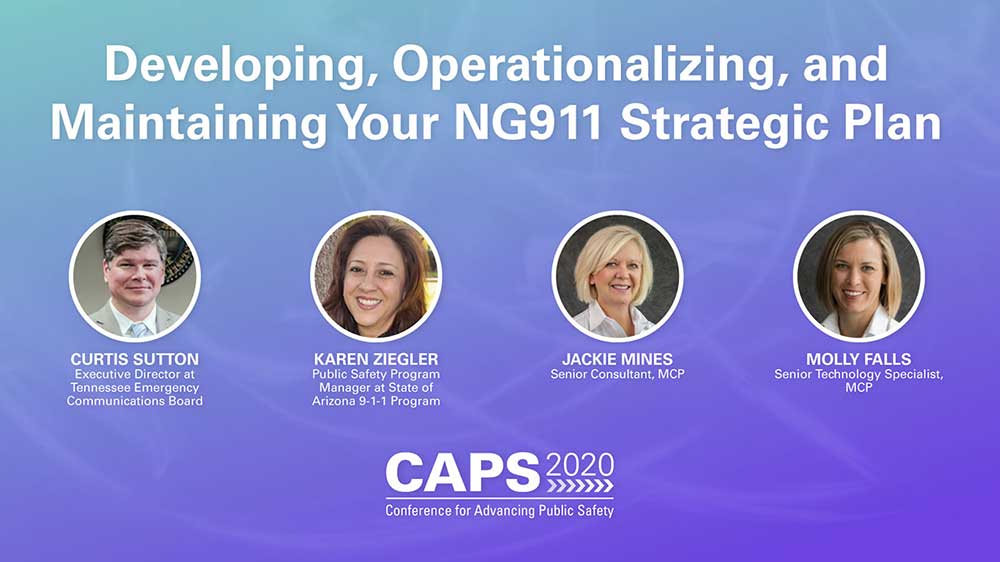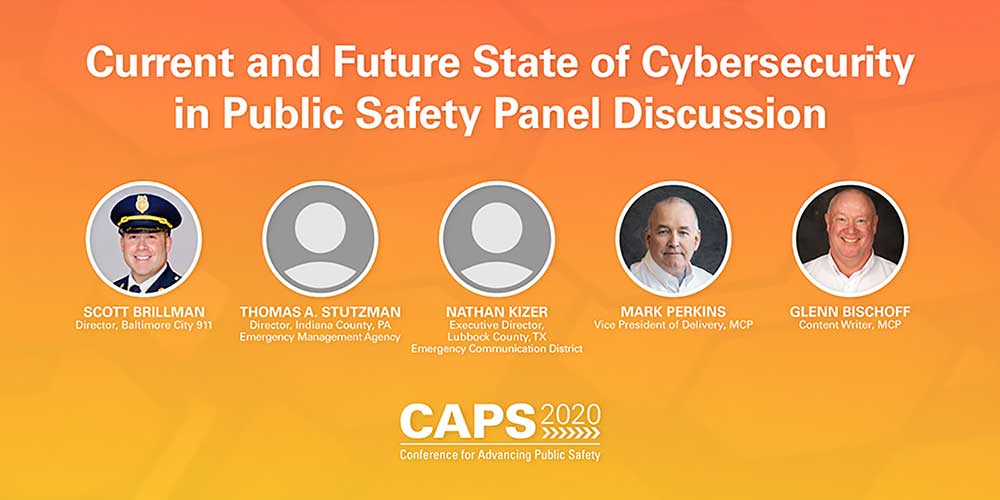Vaccinating 911 Telecommunicators Is a National Imperative
The COVID-19 pandemic has impacted every aspect of life for most Americans and our nation’s emergency responders particularly have been affected by the disease. Like first responders working in the field, 911 professionals (i.e., telecommunicators, aka call-takers and dispatchers) working in public safety communications also have suffered. Many 911 authorities that are already experiencing dramatic staffing shortages are struggling to keep the coronavirus out of their emergency communications centers (ECCs) through the use of masks, social distancing, enhanced cleaning measures, temperature checks, and quarantining measures.














